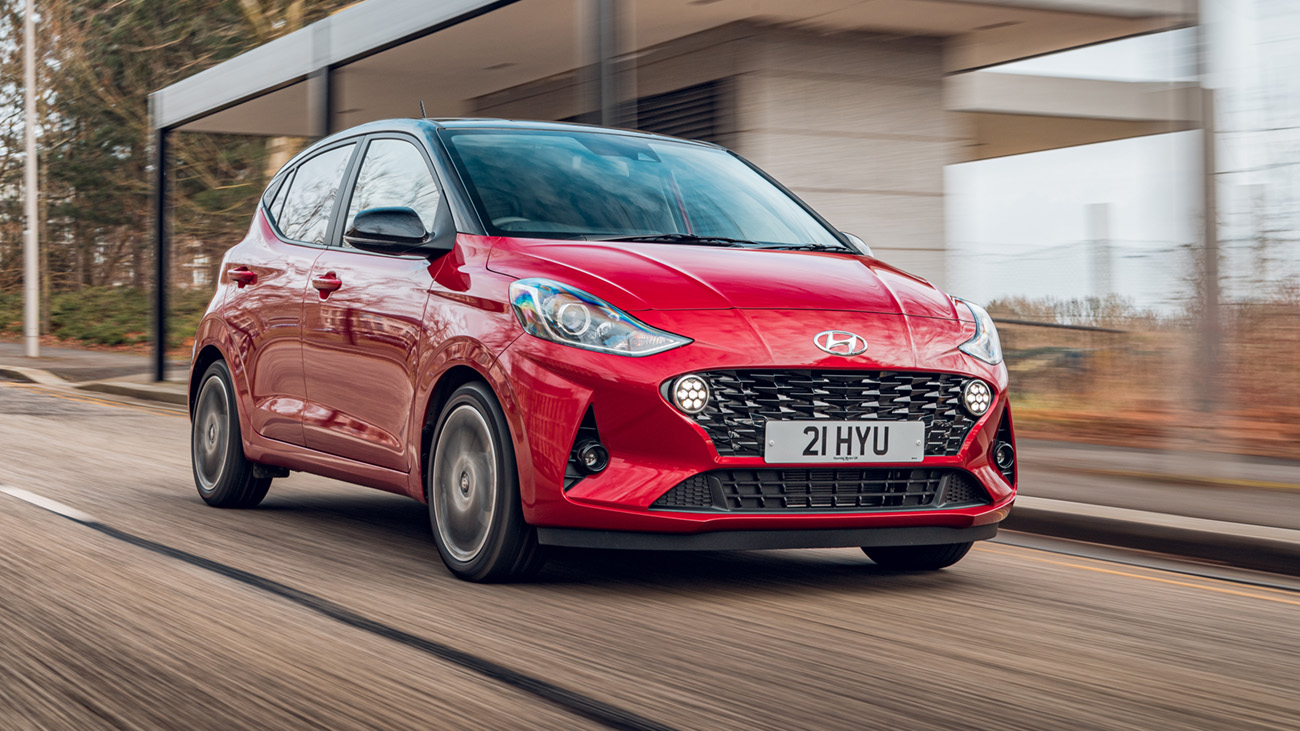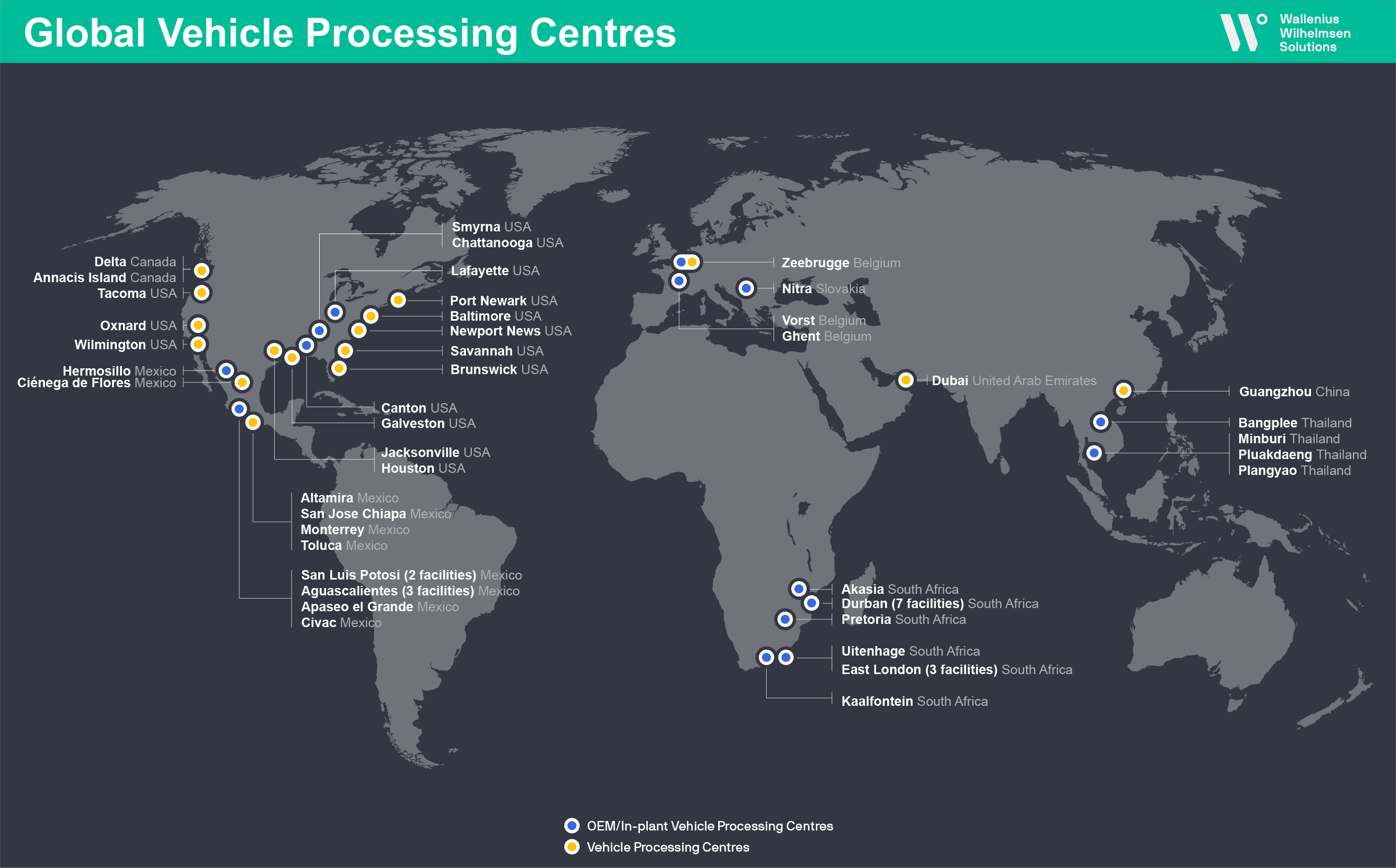When Was I10 Built - The Hyundai i10 is a city car produced by the South Korean manufacturer Hyundai since 2007. It replaced the Hyundai Atos in the model line, and was initially only available as a five-door hatchback body. The third generation i10 was introduced in India on 7 August 2019 and launched on 20 August 2019, offered in 10 variants across petrol and diesel engines and manual and automatic transmissions. There are also sedan versions, Hyundai Xct and Hyundai Aura.
In India, it comes in five different trims – D-Lite, Era, Magna, Sportz and Asta with 1.1L iDREZ engine and 1.2L Kappa engine.
When Was I10 Built
In Europe, it has four different versions: Classic, Style, Comfort and Eco Blue Version, with a 1.0 liter engine. All trims include four airbags, ABS, electric front windows, air conditioning and RDS radio/CD player. The top version has heated front seats, an electric sunroof, a start-stop system and, as an option, there is ESP.
A New Hyundai I10 Is Displayed During A Ceremony At Hyundai Assan Car Plant In Izmit, Western Turkey, September 26, 2013. Since The I10 Was Launched In 2007, A Total 450,000 Customers
Hyundai began development of the i10 to replace the Hyundai Atos. The development of the concept was coded by Hyundai PA. The car is primarily aimed at the Indian market and is intended for production in India, given the popularity of subcompact hatchbacks in the country.
The i10 has large air intakes, swept-back headlights, a chrome grille, fog lights and a roll-up rear window.
The rear doors have a chrome-lined boot release handle and a roof spoiler on the upper d trim.
Overall length (3,565mm) and wheelbase (2,380mm) are the same as the Atos with less interior space; The ergonomic design is designed to accommodate tall drivers and increase rear knee room. The width (and the front and rear tracks) has been increased by 70 mm (2.8 inches) for more shoulder room. Height has been reduced by 40 mm (1.6 in). Trunk space at 225 liters (7.9 cubic feet) is significantly smaller than the Getz.
Hyundai's All New Grand I10 Is Solid, Stylish And Comes With A Full Package Of Features
The interior has a plastic shell with an optional built-in stereo. The instrument panel has a large white-faced speedometer, flanked by a tachometer and fuel and temperature gauges.
The shifter is integrated into the cter console, leaving space between the front seats for two cup holders.
Hyundai introduced a new front design inspired by the "Fluidic Sculpture" design language with new less angular headlights.

The i10 comes in two colors beige and light brown in select markets. The interior features chrome and silver fittings and a new instrument panel with a gear shift indicator display (on manual models) and a digital fuel gauge.
I 10 Through Orange: Then And Now
The I10 was launched with a 1.1 liter iRDE I4 65 bhp (48 kW; 66 PS) engine, the same engine used in the Kia Picanto and Hyundai Atos Prime/Santro Xing but with less CO2 .
The I10 also comes with a Euro 5-compliant 1.2-litre petrol engine (called the Kappa engine), with the same CO
Hyundai introduced the i10 Electric concept at the Delhi Auto Expo in 2009; it is expected to be available in India in 2011.
In 2010 Hyundai launched a facelift version of the i10 in India which uses a Kappa II engine with VTVT variable valve timing.
Take A Photographic Journey Through I 10's Construction In El Paso
The i10 has been recognized as 'Car of the Year 2008' by various automotive magazines and TV channels in India including BS Motoring, CNBC-TV18 AutoCar,
And Overdrive magazine. The car was awarded the Indian Car of the Year (ICOTY) by the country's automotive media.
In Malaysia, the Hyundai i10 has also won recognition through awards such as Best Popular Car at the Asian Auto - VCA Automotive Industry Awards 2009,

First place at the Asian Auto-Mudah.my Fuel Efficiency Awards 2009 in the compact city car category with a combined fuel efficiency of 5.0L/100km, which is not only the best performance in its class but also for all participating vehicles in Malaysia.
Hyundai Grand I10 Sportz Petrol
The Hyundai i10 also won the New Straits Times / Maybank Car of the Year Award in the Try Level Car category twice in a row in 2009 and 2010.
In 2008, Hyundai commemorated 10 years of operations in India by embarking on a cross-continental journey from Delhi to Paris with two of its i10 Kappa cars. The drive covered 10,000 kilometers (6,200 mi) in just 17 days, after which the i10s was unveiled at the Paris Motor Show in October.
The number of safety features varies from market to market. While most countries have the i10 equipped with airbags for all passengers, the level 1.1 manual transmission model in the Philippines can be sold without airbags. From launch and from August 2009, Electronic Stability Control (ESC) was an order option for UK-spec cars that avoided the five-star Euro NCAP rating.
After the success of the Hyundai Santro, Hyundai launched the i10 in 2007. The i10 was positioned between the Santro and the Getz (later replaced by the i20).
Hyundai I10 (2020) Review: Diminishing Returns
In India, the first generation i10 is available in nine variants and with two different engine options, namely a 1.1L petrol engine with a manual gearbox. The engine produces 66.7 PS (49 kW; 66 hp) and a peak torque of 10.1 kg⋅m (99 N⋅m; 73 lb⋅ft). The other engine is a 1.2 L Kappa engine that produces 80 PS (59 kW; 79 hp) of peak power and 11.4 kg⋅m (112 N⋅m; 82 lb⋅ft) of peak torque.
Originally scheduled for launch in early 2014, development of the new i10 began in India in 2012, using the Kia Picanto as a test mule for individual parts.
In August 2013, the redesigned i10s was revealed by Hyundai's European design team led by Thomas Bürkle. The new car is 80 mm (3.1 in) longer, 65 mm (2.6 in) wider and 50 mm (2.0 in) lower than the outgoing model. The new dimensions result in a 10% increase in boot space, with a total of 252 litres.

Production of the i10 went on sale at the Hyundai Assan Otomotiv plant in İzmit, Turkey in September 2013, with an annual capacity of 200,000 units.
Frankfurt 2013: 2014 Hyundai I10
In addition to the previous generation, its equipment includes, depending on the version, automatic air conditioning, daytime running lights, curtain airbags, tire pressure monitoring system, hill start assistance and, as an option, cruise control, rear parking sensors, heating. steering wheel and front seats or 15-inch alloy wheels.
Hyundai Motor India launched the model in September 2013 as the Grand i10. The Grand i10 differs from the European model with a 40 mm (1.6 in) increase in wheelbase.
The Grand i10 offers a dual-tone interior, spacious cabin, keyless entry, push button on/off and auto-folding exterior mirrors that open and fold automatically when the car is unlocked and locked.
In addition, the car is equipped with rear AC vts and 1 GB internal memory for storing music, which are two firsts in its segment.
Hyundai Grand I10 Nios Tests Build Quality Of A Pole, Keeps All Safe
In February 2014, Hyundai Asia Resources, Inc. (HARI) announced details of the Philippine market version of the Grand i10. The base model comes with a 1.0-litre three-cylinder petrol engine, while the 1.2-litre four-cylinder engine is reserved for the range-topping L automatic transmission model.
In early 2014, Hyundai launched the Grand i10 in Mexico. The car is offered only with a 1.2-liter four-cylinder engine on the market.
Introduced in 2015 and sold exclusively in Indonesia, the Grand i10X is a crossover-inspired variant of the Grand i10, with different front and rear bumpers and black plastic panels for fder flares, door panels, rocker panels and 14 bi-colors. inch alloy wheels.

Ahead of the official unveiling of the Grand i10, Hyundai Motor India revealed that the sedan variant will be launched in 2014.
Hyundai I10 Review And Buying Guide: Best Deals And Prices
A new sedan, called the Xct, was revealed in February 2014. It was designed to cater to the popular sub-4 meter sedan segment in India, which emerged after the government imposed heavier taxes on cars over 4000 mm (157.5 in). long.
The European i10 received very positive reviews. John McIlroy from What Car? The magazine gave the car a five-star rating, saying it "represents a huge improvement over its predecessor, to the point where it's a very attractive alternative to the VW Up, and not just on price."
Piers Ward of Top Gear gave the i10 a score of 8 out of 10, with his verdict: "Another quality car from Korea. Cheap price, good design and minimal compromises."
Autocar's Matt Burt gave it four-and-a-half stars out of five, calling it "one of the most accomplished and well-rounded offerings in the city car segment, and it has road manners that would put some larger (and more expensive) vehicles to rest."
Texasfreeway > El Paso > Photo Gallery > Interstate 10, Downtown El Paso And East El Paso
Andrew Glish of The Daily Telegraph also gave the car four stars out of five, describing it as "A smart, pleasant little car. Reasonable comfort, ride, handling and well assembled, though not the cheapest. It's certainly the best car made by Hyundai and it won't be embarrassed as the family's primary transport."
It was also awarded 'Best Car' and 'Best Tested Hatchback' at the 2014 NDTV Car and Bike Awards.
In the Philippines, the Grand i10 was awarded Minicar of the Year by the Car Awards Group for 2014-2015.
Global NCAP awarded the Indian version without airbags or ABS 0 stars in 2014 (same as Latin NCAP 2013).
Hyundai Grand I10 (ba) First Drive Review
Latin NCAP awarded the Indian-made i10 in the most basic Latin American configuration without airbags












